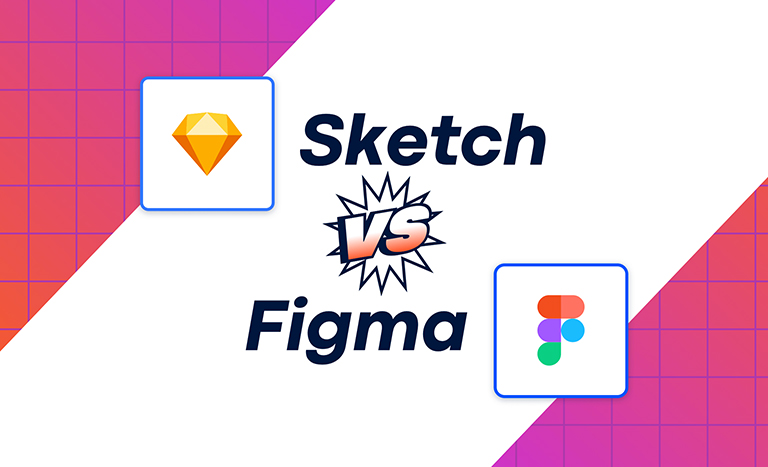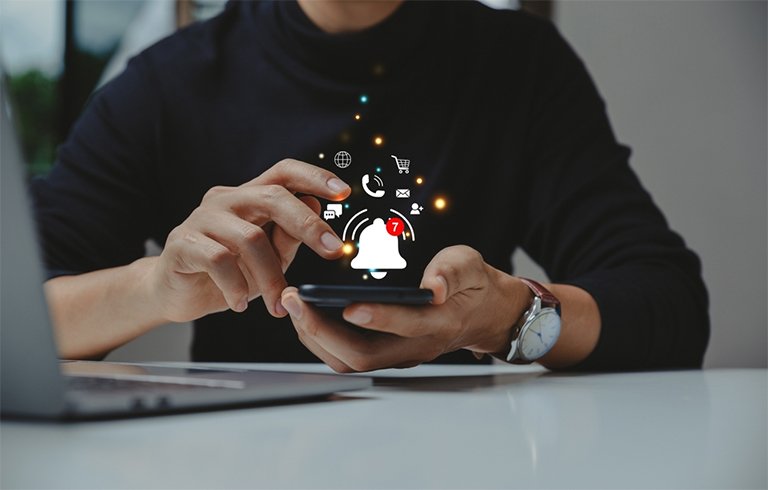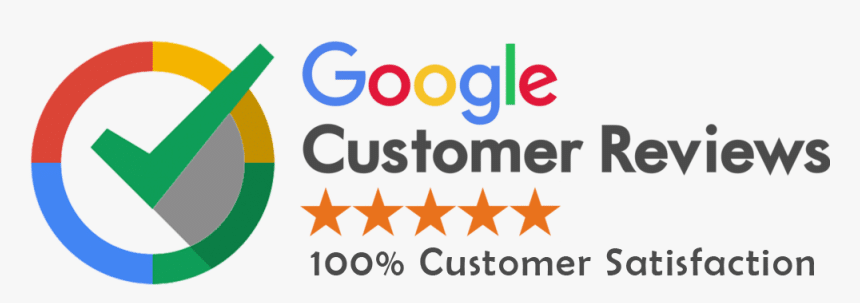Email marketing is still one of the strongest and most affordable tools for businesses that want to talk to their customers directly. While some people think emails are old-fashioned, the truth is email marketing is growing smarter every year.
As we move ahead in 2025, several changes are shaping how businesses should send and design their emails. From personalization to AI tools and new user expectations, it’s important to know what’s changing and how to stay ahead.

Let’s explore the latest email marketing trends that businesses, marketers, and designers must adopt to keep their audience engaged and their strategies effective.
Personalization Will Go Deeper Than Ever
Using a customer’s name in an email is not enough anymore. Today, people expect emails that feel specially written for them.
Businesses are now using behavior data (like what someone clicked, purchased, or searched) to create hyper-personalized content. This can include:
- Recommended products
- Content based on past interests
- Personalized subject lines
- Custom offers for birthday or location
For example, a fashion store might send winter coat promotions only to customers living in colder areas.
Tip: Use tools that collect user behavior from your website and Mobile app. Then, connect that with your email software to send smarter, personalized campaigns.
Interactive Emails Will Keep Users Engaged
Static emails are losing interest. Instead, interactive emails are becoming more popular and effective.
These are emails where people can:
- Fill out quizzes
- Tap to vote in a poll
- Add products to cart
- Flip through carousels
- Complete a survey
Interactive features help users engage inside the email itself, without clicking to another website.
This makes the experience faster, more fun, and more useful.
Real Example: Brands like Adidas and Uber have already used interactive emails to let users choose products, rate services, or confirm reservations — all within the email.
Mobile-First Design Is Now a Rule, Not a Choice
Most people check their emails on phones. If your email doesn’t open correctly on a mobile device, you’ve already lost the customer.
That’s why businesses are moving to mobile-first email design, meaning:
- Bigger fonts for small screens
- Shorter, catchy subject lines
- One-column layout
- Tappable buttons
- Light images for fast loading
Stats to Consider: More than 60% of emails are opened on mobile devices. Ignoring this means you’re ignoring more than half your audience.
AI and Machine Learning Are Changing Everything
Artificial Intelligence is changing how emails are written, sent, and analyzed.
With AI, marketers can now:
- Predict the best time to send emails
- Write subject lines that improve open rates
- Automatically segment customers by behavior
- Recommend content or products per user
- Analyze which version of the email is performing best (A/B testing)
Machine learning can even automatically adjust email campaigns in real time if something is not working well.
Example: An online store can use AI to send a reminder email if someone added a product to the cart but didn’t buy. The subject line can be tested and optimized in the same campaign using machine learning.
Data Privacy Will Remain a Big Concern
People are more aware now of how their data is used. Countries are also bringing strict rules like:
- GDPR (Europe)
- CCPA (California)
- UAE Data Protection Law
Marketers now need to:
- Get proper permission before sending emails
- Allow easy opt-out links
- Mention clearly how data is stored and used
Ignoring privacy rules can lead to legal trouble and loss of trust.
Email Accessibility Must Be a Priority
One important thing many companies still forget is email accessibility — making emails readable and usable for everyone, including people with visual or physical disabilities.
Some accessibility-friendly practices:
- Use ALT text for images
- Use enough contrast between text and background
- Avoid tiny fonts
- Make sure email works with screen readers
- Don’t rely only on colors to show meaning (like red = error)
Bonus Tip: Use tools like VoiceOver (Apple) or NVDA (Windows) to test your emails like a visually impaired user.
Email for Voice Assistants
More people now use voice assistants like Alexa, Google Assistant, and Siri to check their emails.
To make sure your emails sound good when read aloud:
- Keep subject lines short and clear
- Use simple language
- Add voice-friendly CTAs (like “Click here” should become “Visit the link to learn more”)
Optimizing emails for voice reading improves your reach and user experience.
Add Local Relevance: For Dubai & UAE Audiences
For businesses operating in Dubai or the UAE, it’s important to adjust email content for local culture and timing.
Some key practices include:
- Send fewer emails during Ramadan fasting hours
- Add Arabic language versions if needed
- Use UAE-based promotions or holiday greetings
- Follow UAE’s privacy and telecom rules
Local Example: A real estate agency in Dubai might send email campaigns during Eid with personalized home financing offers and greetings — all written in both English and Arabic.
Email and Omnichannel Marketing Work Better Together
Email shouldn’t work alone. Customers also get messages through:
- SMS
- Push notifications
- Social media DMs
Modern marketers are combining these with email to offer a connected experience.
Example: If a customer signs up on your site, they get a welcome email + a WhatsApp message + a push notification the next day reminding them to explore.
Include User-Generated Content (UGC) in Emails
People trust other customers more than ads. That’s why more brands are embedding UGC like:
- Customer reviews
- Instagram posts
- Product photos shared by real buyers
- YouTube testimonial links
This builds credibility and boosts engagement.
Example: A skincare brand can send a product promo email with an embedded photo of a real customer using that product, followed by a short review quote.
Dark Mode Compatibility
Many users now prefer dark mode in their email apps. Emails that don’t support it can appear broken or unreadable.
Tips for dark mode support:
- Use transparent images with white logos
- Avoid hardcoded white backgrounds
- Test on Gmail, Outlook, Apple Mail
Dark mode-ready emails are now a design standard.
Smart Email Frequency and Timing
Sending too many emails annoys users. Sending too few makes them forget your brand.
Use smart tools to:
- Track when a user usually opens emails
- Use time zones for scheduling
- Test frequency (weekly vs bi-weekly)
Sending on Tuesdays or Thursdays around 10 AM still works best for most industries — but always test.
Sustainability in Email Marketing
Emails have a digital carbon footprint. Sending useless or bulk emails wastes energy and storage.
Some brands are now:
- Reducing email volume
- Sending only highly relevant emails
- Cleaning inactive email lists
- Avoiding heavy images
Doing this not only helps the environment but also improves performance (open + click rates).
Real-Time Content Updates
Emails can now show real-time content like:
- Live countdown timers
- Weather updates
- Dynamic pricing
- Stock levels
This creates urgency and improves conversion.
Example: A travel site can send an email with a timer showing “Offer ends in 03:45:21” — this pushes faster action.
The Continued Importance of A/B Testing
Even with all these new tools, old-school testing is still essential.
Test:
- Different subject lines
- Email layout styles
- CTA placements
- Send times
Run A/B tests and use what wins. Even a 2% improvement in click-through rate can lead to hundreds of extra sales.
Conclusion
Email marketing is not dying. It’s evolving.
If you want to connect with users, grow your brand, and drive sales, you must adopt the latest email trends that focus on:
- Personalization
- User experience
- Data privacy
- Smart automation
- Local culture (especially in regions like UAE)
By combining good design, useful content, smart tools, and a human touch — you can make your email marketing one of your strongest growth channels in 2025 and beyond.





